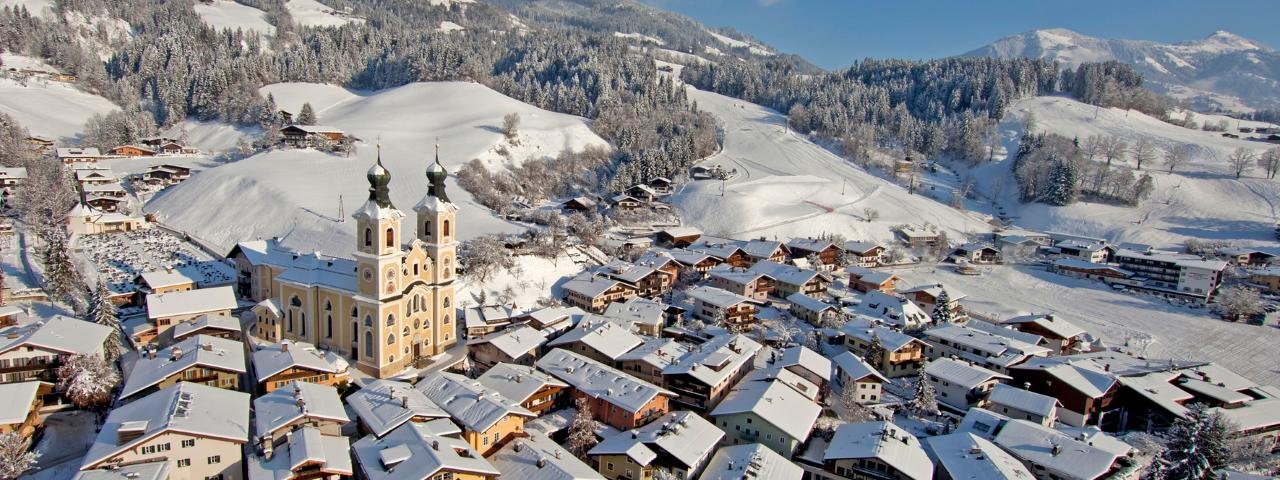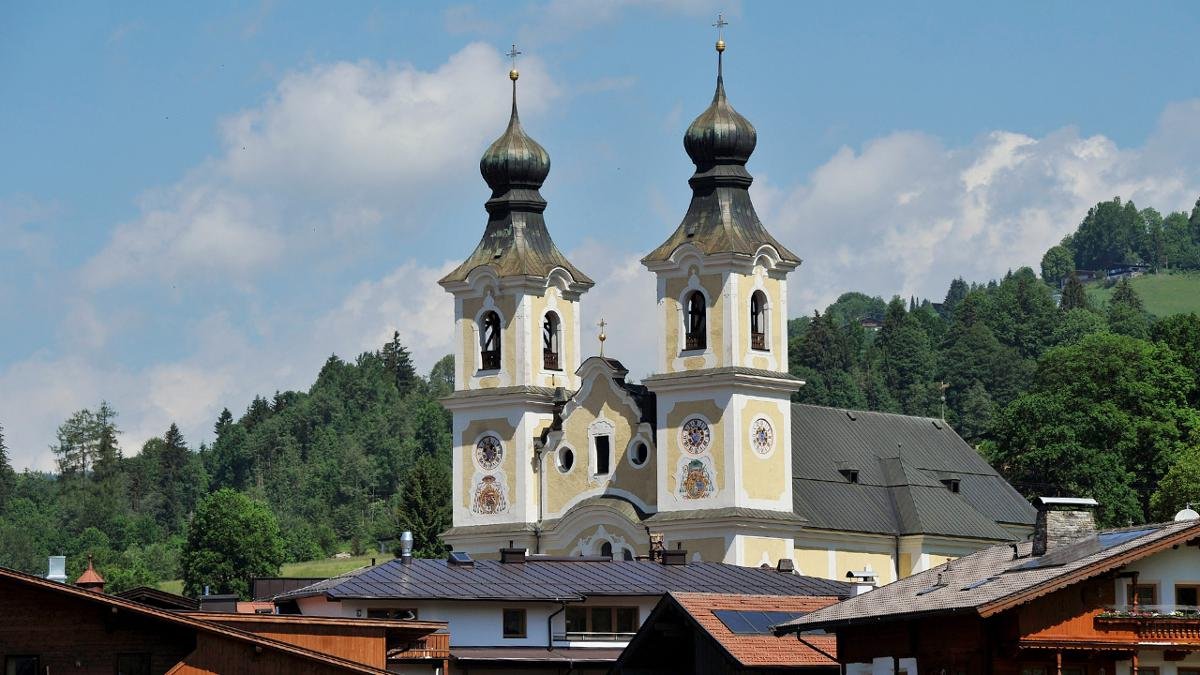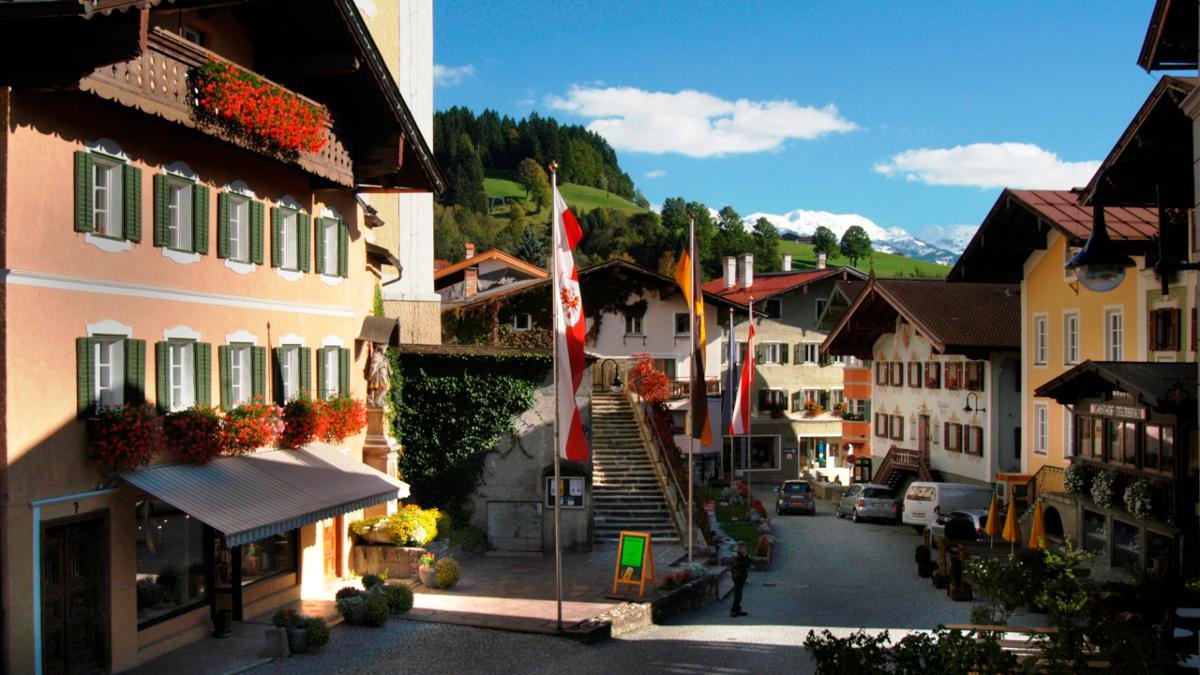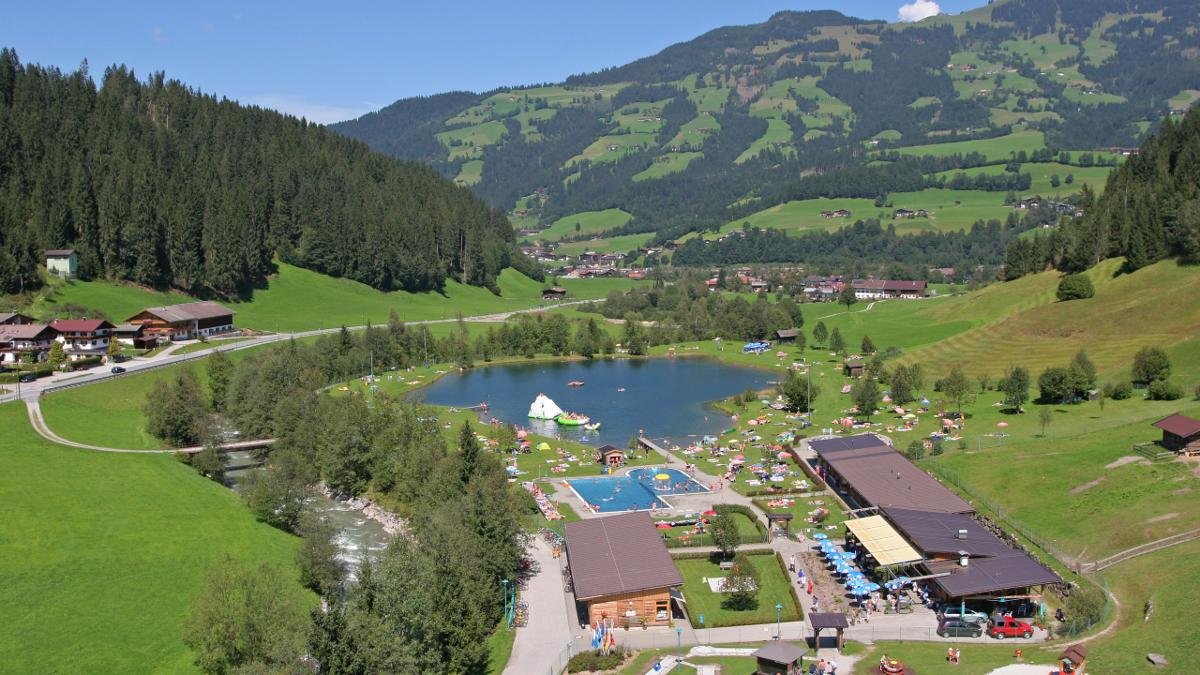Visitors to Hopfgarten im Brixental wishing to blend in with the crowd should know that the locals refer to the village not as “Hopfgarten” but as “Hopfgoscht” in their local dialect.
Visitors to Hopfgarten in Brixental valley wishing to blend in with the crowd should know that the locals refer to the village not as “Hopfgarten” but as “Hopfgoscht”. This is just one example of the Hopfgarten dialect which even those from other parts of Tirol often find difficult to understand – let alone imitate! But if you want to have a go then a good word to start with is “gschtiascht”, roughly translated “nice”, “good”, “pretty to look at”, which can come in very handy throughout the Brixental Valley.
Despite its large baroque church with two towers, Hopfgarten is not (and has never been) a diocesan town. Nevertheless, this imposing building is still known throughout the valley as the “Brixental Cathedral” – just one sign of the confidence and aplomb with which the residents of the Tirolean Unterland in general and Hopfgarten in particular are associated. This may be linked to the fact that, unlike many places in Tirol routinely awarded the status of market town during the second half of the 20th century, Hopfgarten has carried this title with pride for over 650 years and is today still a lively hub of trading and tourism.
Visitors to Hopfgarten in Brixental valley wishing to blend in with the crowd should know that the locals refer to the village not as…























